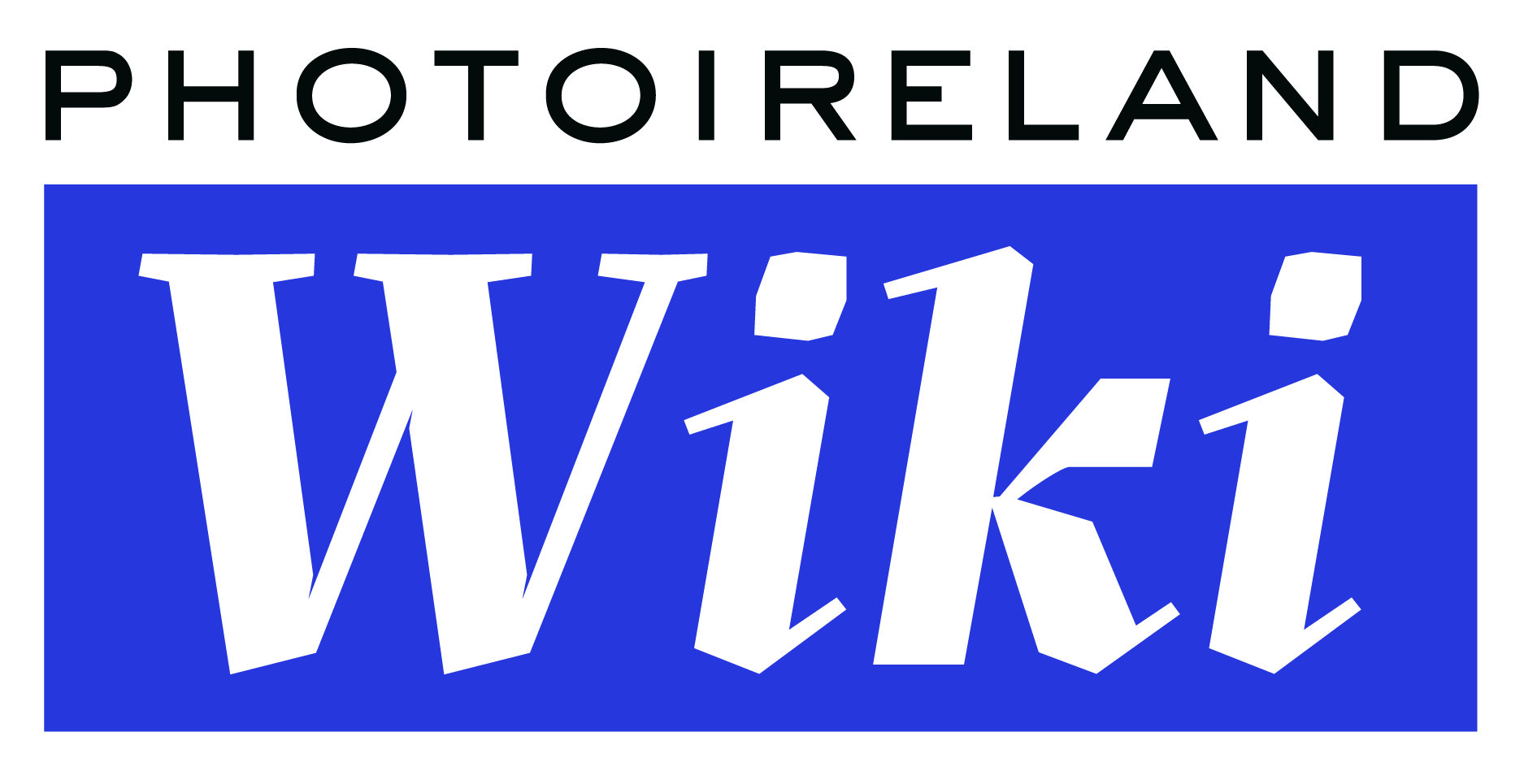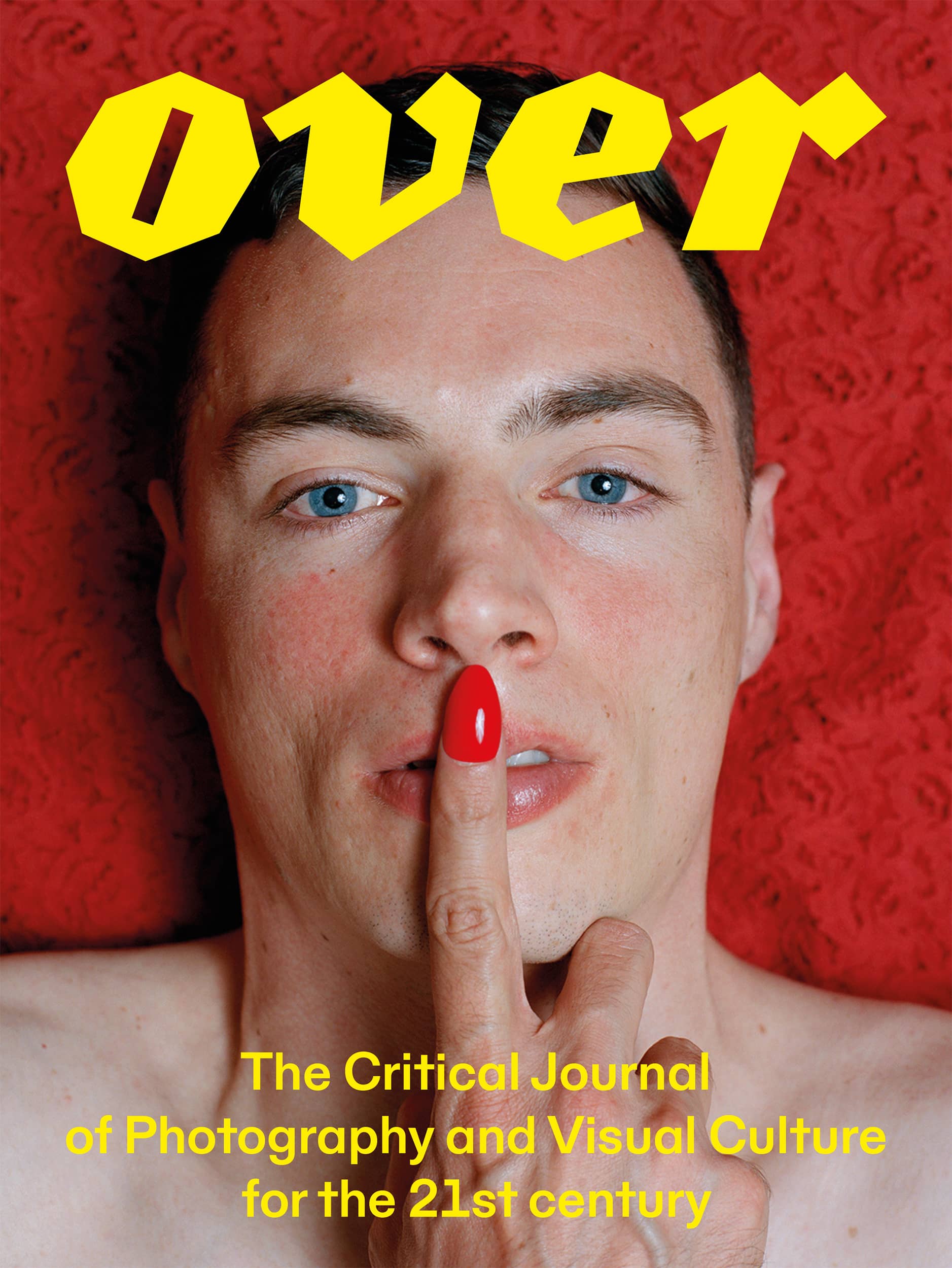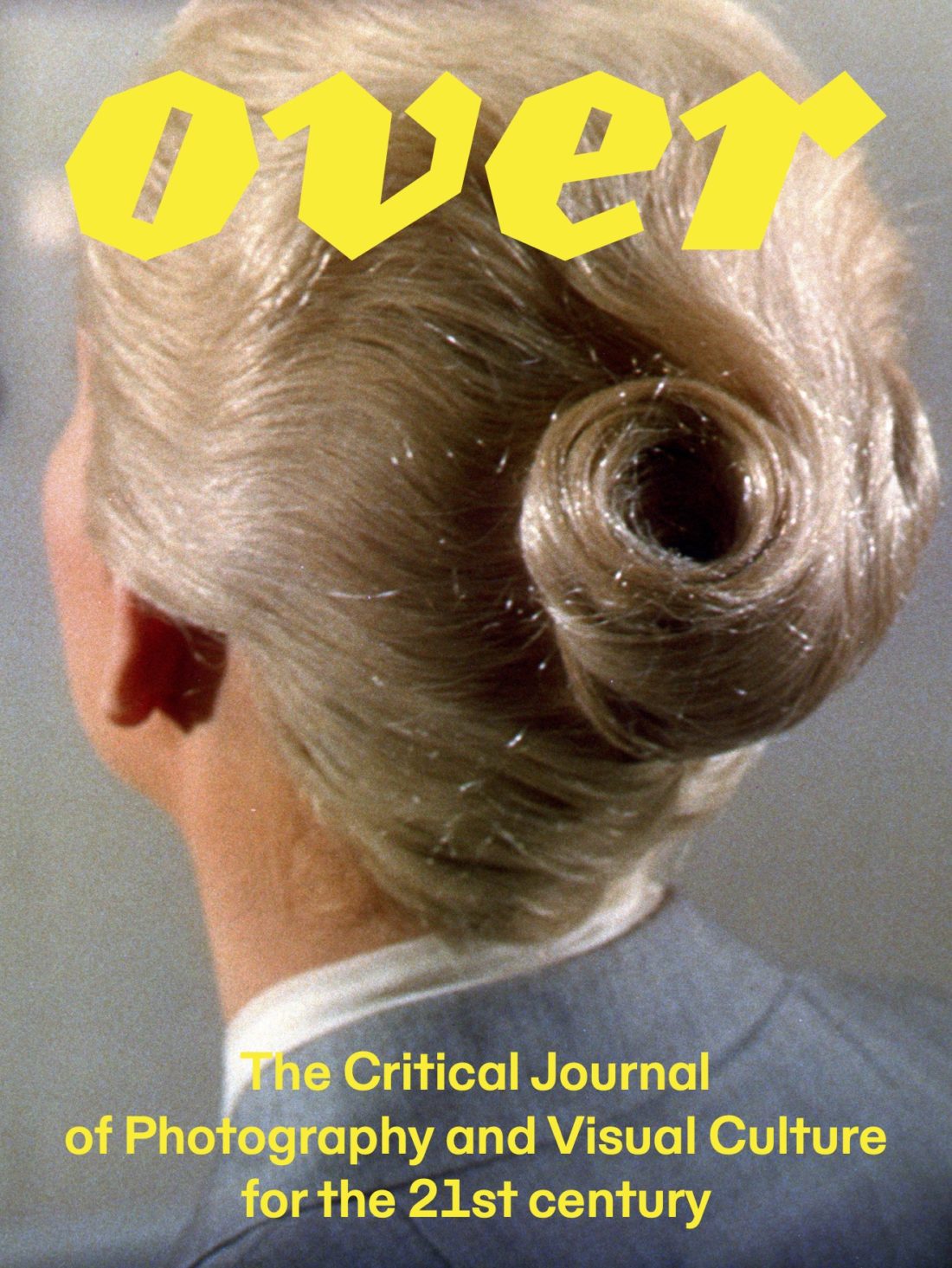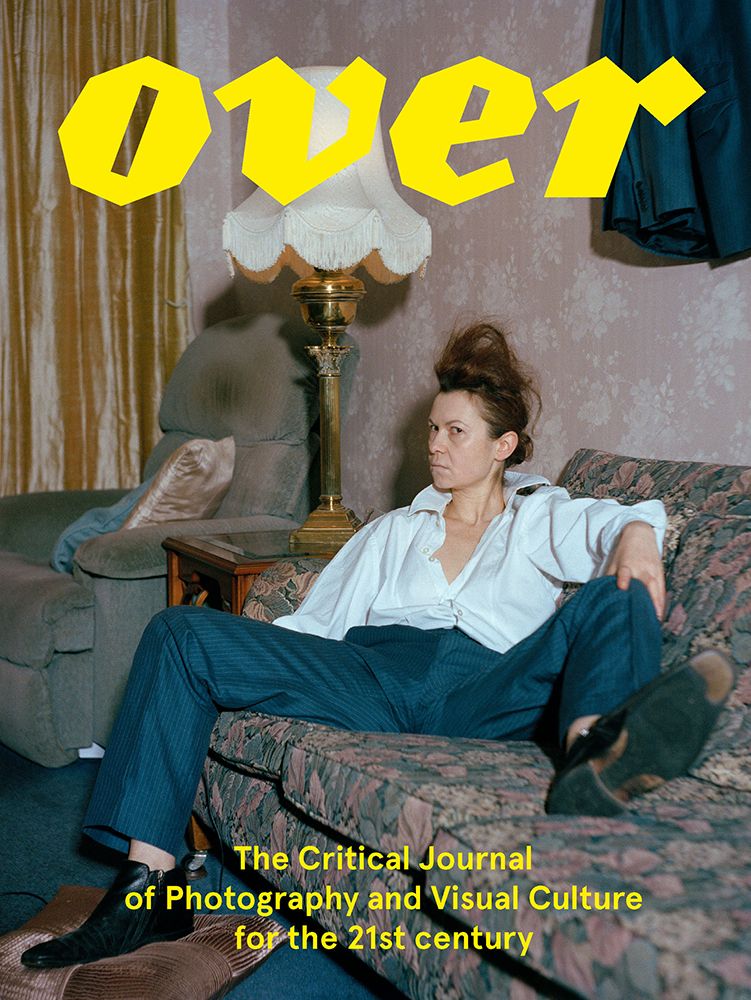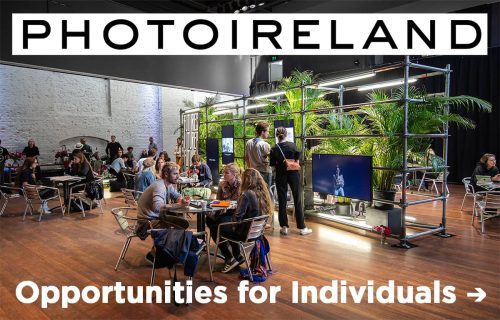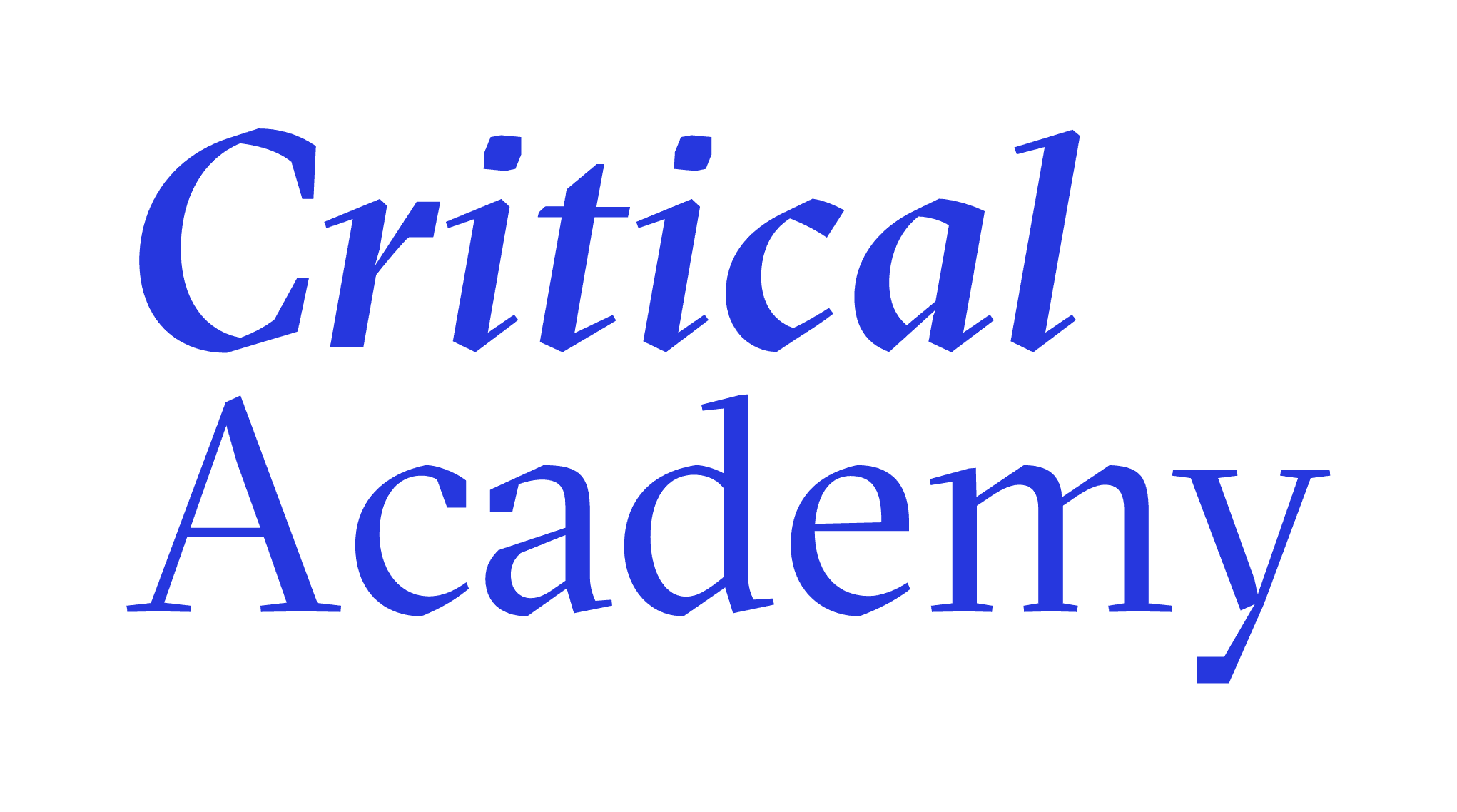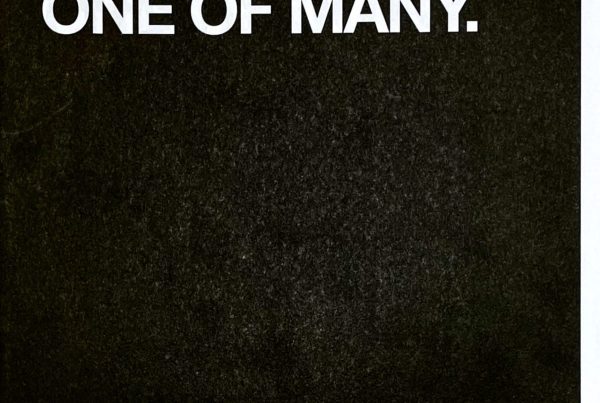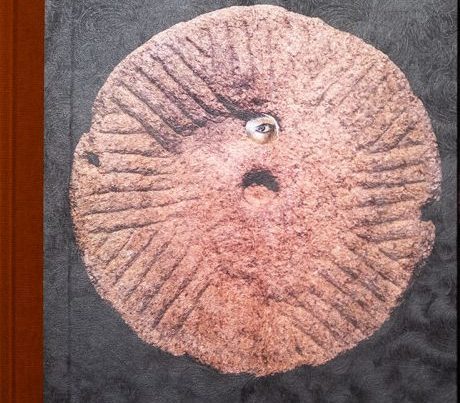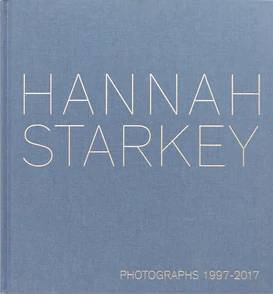

Cover
Photographs 1997 – 2017
Hannah Starkey
MACK
English
Essay by Charlotte Cotton
Hardcover
184 pages
260 x 280 mm
2018
ISBN 9781912339198
Since the mid-1990s, the Northern Irish photographer Hannah Starkey has dedicated her work to women and the ways in which photography has shaped ideas about what it means to be female. Known for her cinematic mise-en-scenes, Starkey constructs portraits of women of different generations, often situated in everyday urban contexts. Proffering the view of the flâneuse – a female counterpoint to the artistic tradition of the male flâneur – Starkey’s images reveal moments of private reflection, alienation, or social interaction that might otherwise go unseen: a woman fleetingly fascinated by another woman’s reflection, or the attentive gaze of a mother carrying her child.
Like modern-day genre paintings, Starkey’s images are driven by familiar narratives, but ones that play on the visual languages of diverse photographic genres – including diaristic, street, documentary, cinematic, fine art, and fashion – to subtly probe the ways that women are represented in popular culture. As Starkey has said, “I really think that visual culture is the last battleground for women’s equality and freedom”. From her early staged photographs made in Belfast to her recent documentation of the 2017 Women’s March in London, this catalogue raisonné charts two decades of Starkey’s influential image-making, and serves as a significant touchstone for discussions on the female gaze. The book includes a biographical essay by the curator and writer Charlotte Cotton and a candid conversation between the artist and the editor and writer Liz Jobey.
About the Artist
Hannah Starkey (born 1971) is a British photographer who specializes in staged settings of women in city environments, based in London. In 2019 she was awarded an Honorary Fellowship of the Royal Photographic Society.1
About the Publisher
MACK Books are an art and photography publishing house based in London, working with established and emerging artists, writers and curators, and cultural institutions.2
